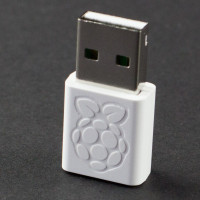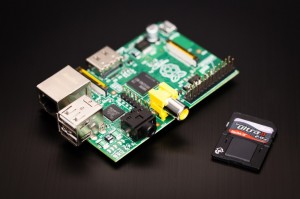Read about the new Raspberry Pi 3 with Wifi and Bluetooth.
Squeezeplug has partnered with Max2Play and delivers a powerful system that can manage and play music in many ways and is configured through the Max2Play web interface. The system supports the new Raspberry Pi 2 B and previous models.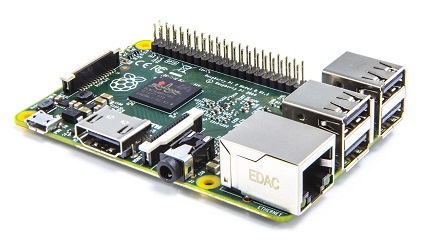
Raspberry Pi 2 B
The new high powered Pi has a 900MHz quad-core ARM Cortex-A7 CPU and 1GB ram. It is considered to be 6x faster than the previous model but has the same price as it had. This makes it a great option for a small footprint media renderer.
 AirPlay works
AirPlay works
Many features are activated out of the box, like Shairport, so you can AirPlay to it from the start.
The raspberry pi shows up as an AirPlay unit directly after the first bootup with squeezeplug and it works fine to AirPlay to it from Spotify. I have connected the Pi to my Onkyo receiver through HDMI. The sound quality is good.
Settings
You reach all Squeezeplug setting in the web interface, where you can map to samba shares, install additional plug-ins and activate things like DLNA, Squeezebox server and Kodi server. You can even activate an Equalizer if you want.
DLNA works
The DLNA client renderer is activated in the web interface. I use the BubbleUPnP app for playing music from a local DLNA server through the Pi and it works fine.
Audio output
Raspberry Pi 2 has HDMI for digital output and 3.5mm for analog output. Squeezeplug supports both outputs and the default is HDMI, if connected. You can also choose one of them.
Installation
Be sure to follow the steps described in detail on their web http://www.squeezeplug.eu/. The steps basically are:
- Download image file from their homepage and write it to a micro sd card.
- Insert it into the Raspberry Pi.
- Attach a LAN cable.
- The system will boot when you insert the power cable.
- Access the web interface from another computer through http://max2play so no need for an attached monitor or keyboard/mouse.
Problems
Sometimes the Pi loses HDMI connection with the receiver which leads to tiny drops in the playback. It is irritating when it happens and needs to be fixed before the setup can be considered perfect.
Software alternatives
You can install Shairport on an existing Raspbian installation. The OSMC distro, that replaces the Raspbmc distro, is based on Kodi which also have AirPlay capability. Volumino is another linux distro for Raspberry Pi 2 that turns it into a music player with support for AirPlay and a bunch of other features.
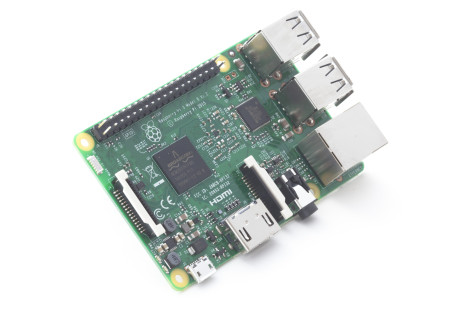 Raspberry Pi 3 has arrived with the important additions of integrated WiFi and Bluetooth which makes it an even greater multi-room media renderer than the Pi 2. The CPU power has increased 65%. The idle power consumption has dropped to only 2.5W and stays at 3.8W under load. The price stays at 35$.
Raspberry Pi 3 has arrived with the important additions of integrated WiFi and Bluetooth which makes it an even greater multi-room media renderer than the Pi 2. The CPU power has increased 65%. The idle power consumption has dropped to only 2.5W and stays at 3.8W under load. The price stays at 35$.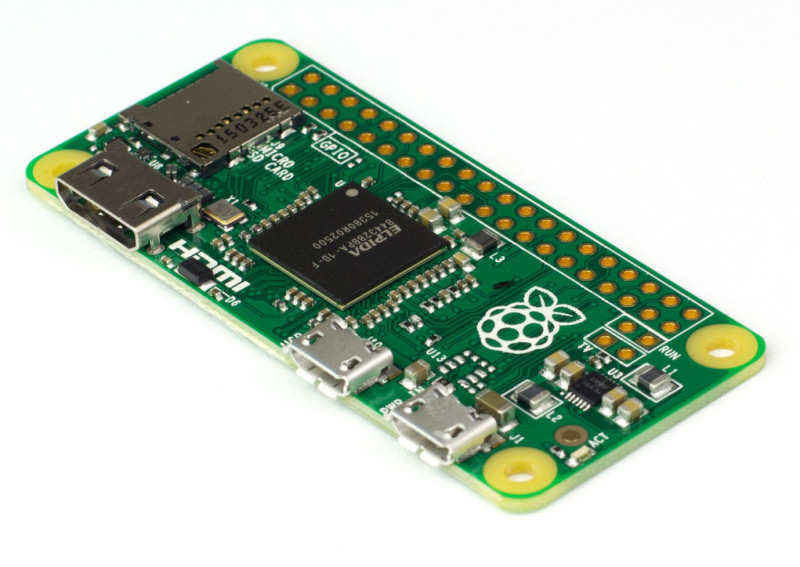 The new Raspberry Pi Zero is a smaller and stripped version that
The new Raspberry Pi Zero is a smaller and stripped version that 